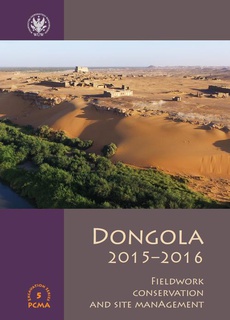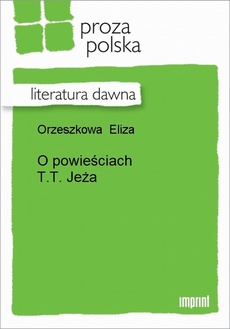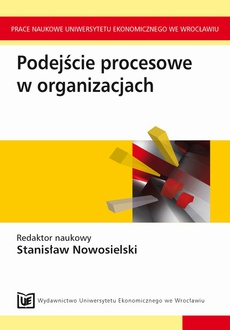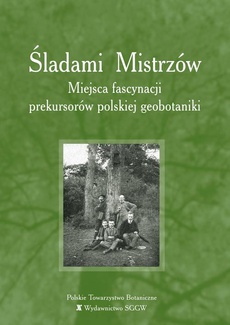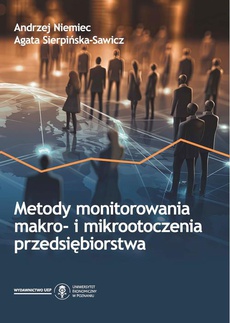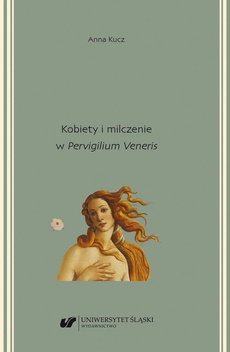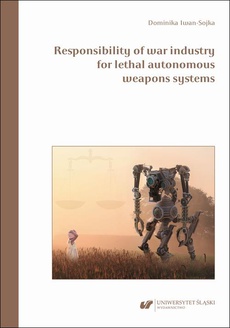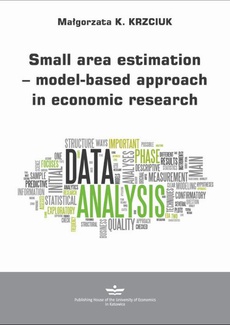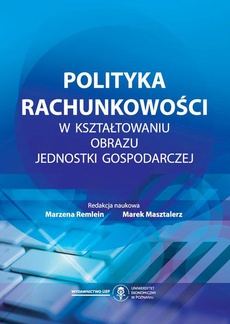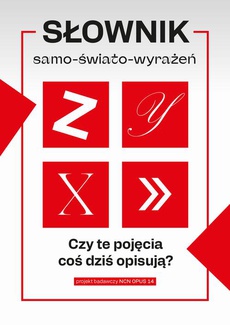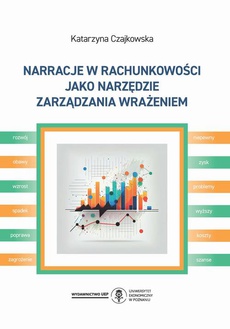POLECAMY
Dongola 2015-2016
Fieldwork, conservation and site management
Redakcja:
Wydawca:
Format:
ibuk
Misja Centrum Archeologii Śródziemnomorskiej Uniwersytetu Warszawskiego prowadzi badania w Starej Dongoli od ponad 50 lat. Niniejszy tom to drugi kompleksowy raport dotyczący prac archeologicznych i konserwatorskich prowadzonych w latach 2015–2016 przez zespół pod kierunkiem Włodzimierza Godlewskiego. Poszczególne teksty omawiają działania podejmowane w ostatnich sezonach oraz prezentują pogłębioną analizę rozwoju urbanistycznego, architektury i technik budowlanych Starej Dongoli. Tom zawiera również wyniki najnowszych specjalistycznych badań materiału odkrytego podczas tych i wcześniejszych kampanii. Omawiane kategorie znalezisk obejmują inskrypcje, ostraka, ceramikę, kości zwierzęce i tkaniny.
Królewskie miasto Stara Dongola było politycznym i ekonomicznym centrum średniowiecznego chrześcijańskiego królestwa Makurii. Jego rozkwit rozpoczął się w V–VI wieku, kiedy wzniesiono królewski kompleks na Cytadeli i otoczono go potężnymi kamiennymi fortyfikacjami. Na przestrzeni wieków powstały inne reprezentacyjne budowle, m.in. imponująca Sala Tronowa, później zamieniona w meczet, który dziś wciąż góruje nad stanowiskiem. Równie imponujące są odkryte w Dongoli kompleksy o charakterze religijnym. Kościoły i budowle klasztorne stolicy Makurii szczycą się fantastycznymi malowidłami ściennymi i inskrypcjami, które rzucają światło na lokalne praktyki religijne, ich architektura świadczy zaś o wysokich umiejętnościach lokalnych budowniczych. Po tym, jak dwór królewski opuścił Dongolę w 1364 roku, miasto pozostało ważnym centrum miejskim, na co wskazują rozległe kwartały mieszkalne funkcjonujące przez kilka stuleci na terenie Cytadeli i wokół niej. Miasto wciąż było ważnym węzłem na skrzyżowaniu szlaków handlowych łączących odległe regiony, zamieszkiwała je aktywna społeczność, która kultywowała dawne tradycje, ale też przyjmowała nowe trendy.
Bogate znaleziska archeologiczne pozyskane ze stanowiska w omawianych sezonach dostarczają nowych danych do badań nad historią Dongoli, jak również kulturą, sztuką, architekturą i gospodarką królestwa Makurii.
Publikacja na licencji Creative Commons Uznanie autorstwa 3.0 PL (CC BY 3.0 PL) (pełna treść wzorca dostępna pod adresem: http://creativecommons.org/licenses/by/3.0/pl/legalcode).
The Polish Center of Mediterranean Archaeology University of Warsaw mission to Old Dongola has been excavating the site for over 50 years. This volume is a second comprehensive report on fieldwork and conservation conducted in 2015–2016 by a team led by Włodzimierz Godlewski. The contributions report on the work of recent seasons and present in-depth studies on the site’s urban development, architecture and building techniques. The volume also includes results of the most recent specialized research on material brought to light during these and earlier campaigns. The discussed categories of find include inscriptions, ostraka, pottery, animal bones, and textiles.
The royal city of Old Dongola was the political and economic center of Makuria, a medieval Christian kingdom. It flourished from the 5th/6th century, when the royal complex on the Citadel was built and enclosed within massive stone fortifications. Over the centuries, other representative buildings were founded, among them the imposing Throne Hall later converted into a mosque that still towers over the site today. Equally impressive are the religious complexes unearthed in Dongola. The Makurian capital’s churches and monastic buildings boast stunning mural paintings and inscriptions that shed light on local religious practice, while their architectural design testifies to the skills of local builders. After the royal court abandoned Dongola in 1364, the city remained an important urban center, as indicated by the extensive residential quarters functioning on and around the Citadel for several centuries. The city, still a vital node in the long-distance trade network, was inhabited by a lively community, which cultivated old traditions and embraced new trends.
The wealth of archaeological finds recovered on the site in the seasons under consideration contributes new data to studies on the history of Dongola , as well as the culture, art., architecture and economy of the kingdom of Makuria.
| Rok wydania | 2019 |
|---|---|
| Liczba stron | 282 |
| Kategoria | Publikacje darmowe |
| Wydawca | Uniwersytet Warszawski |
| ISBN-13 | 978-83-235-3487-7 |
| Numer wydania | 1 |
| Informacja o sprzedawcy | ePWN sp. z o.o. |
Ciekawe propozycje
Spis treści
| List of contributors | 7 |
| Włodzimierz Godlewski | |
| Preface | 9 |
| Dongola: plan and timeline | 10 |
| Part I. The Monastery on Kom H | |
| Chapter | 1 |
| Włodzimierz Godlewski | |
| The Monastery Church | 15 |
| Chapter | 2 |
| Dorota Moryto-Naumiuk | |
| Transfer of wall paintings from the Monastery Church on Kom H | 31 |
| Chapter | 3 |
| Adam Łajtar | |
| The Constantinopolitan Creed in an inscription from the Monastery Church on Kom Η in Dongola | 37 |
| Chapter | 4 |
| Włodzimierz Godlewski | |
| Building H.NW.B.I and its successive construction phases | 47 |
| Chapter | 5 |
| Barbara Czaja | |
| The “golden textile” from a burial in the monastery on Kom H in Dongola: conservation and restoration | 67 |
| Chapter | 6 |
| Adam Łajtar and Vincent W.J. van Gerven Oei | |
| Women in the Southwest Annex | 75 |
| Chapter | 7 |
| Dorota Dzierzbicka and Agata Deptuła | |
| Courtyard A at the Monastery on Kom H in Dongola: Fieldwork in 2014–2016 | 79 |
| Chapter | 8 |
| Katarzyna Danys | |
| Introductory remarks on pottery finds from Courtyard A | |
| of the Monastery on Kom H in Dongola | 101 |
| Chapter | 9 |
| Marta Osypińska | |
| Faunal remains from the Monastery on Kom H in Dongola (seasons 2014–2016) | 107 |
| Part II. The Citadel in the times of the Kingdom of Makuria | |
| Chapter | 10 |
| Włodzimierz Godlewski | |
| The Church of Archangel Raphael (SWN.B.V) | 115 |
| Chapter | 11 |
| Urszula Kusz | |
| Conservation in the Church of Archangel Raphael (SWN.B.V) in seasons 2015–2017 | 133 |
| Chapter | 12 |
| Romuald Tarczewski | |
| Construction of a shelter over the Church of Archangel Raphael (SWN.B.V) | 139 |
| Chapter | 13 |
| Włodzimierz Godlewski, Urszula Kusz, and Adam Łajtar | |
| A fragmentary wooden icon from the Church of Archangel Raphael (SWN.B.V) | 147 |
| Chapter | 14 |
| Włodzimierz Godlewski with appendix by Adam Łajtar | |
| The Pillar Church | 155 |
| Part III. The city of Dongola in the Funj period | |
| Chapter | 15 |
| Włodzimierz Godlewski | |
| Buildings of the Funj period on the Citadel | 173 |
| Chapter | 16 |
| Katarzyna Danys and Maciej Wyżgoł | |
| Smoking pipes from Old Dongola | 189 |
| Chapter | 17 |
| Katarzyna Danys | |
| Glazed pottery of the 9th–16th centuries from Old Dongola | 203 |
| Chapter | 18 |
| Barbara Idzikowska | |
| A reckoning counter from Nuremberg found in Dongola | 227 |
| Chapter | 19 |
| Włodzimierz Godlewski with appendices by Bogdan F. Zerek and Anna Nowicka | |
| Amulet for the wife of 'Abd Allāh b. Maryam | 231 |
| Chapter | 20 |
| Naïm Vanthieghem | |
| Textes arabes trouvés à Dongola en 2013–2016 | 237 |
| Part IV The Mosque Building | |
| Chapter | 21 |
| Romuald Tarczewski | |
| Construction work in the Mosque Building (Throne Hall) in seasons 2015–2017 | 243 |
| The Team: seasons 2015 and 2016 | 255 |
| Abbreviations | 258 |
| References | 259 |
| List of illustrations | 269 |

